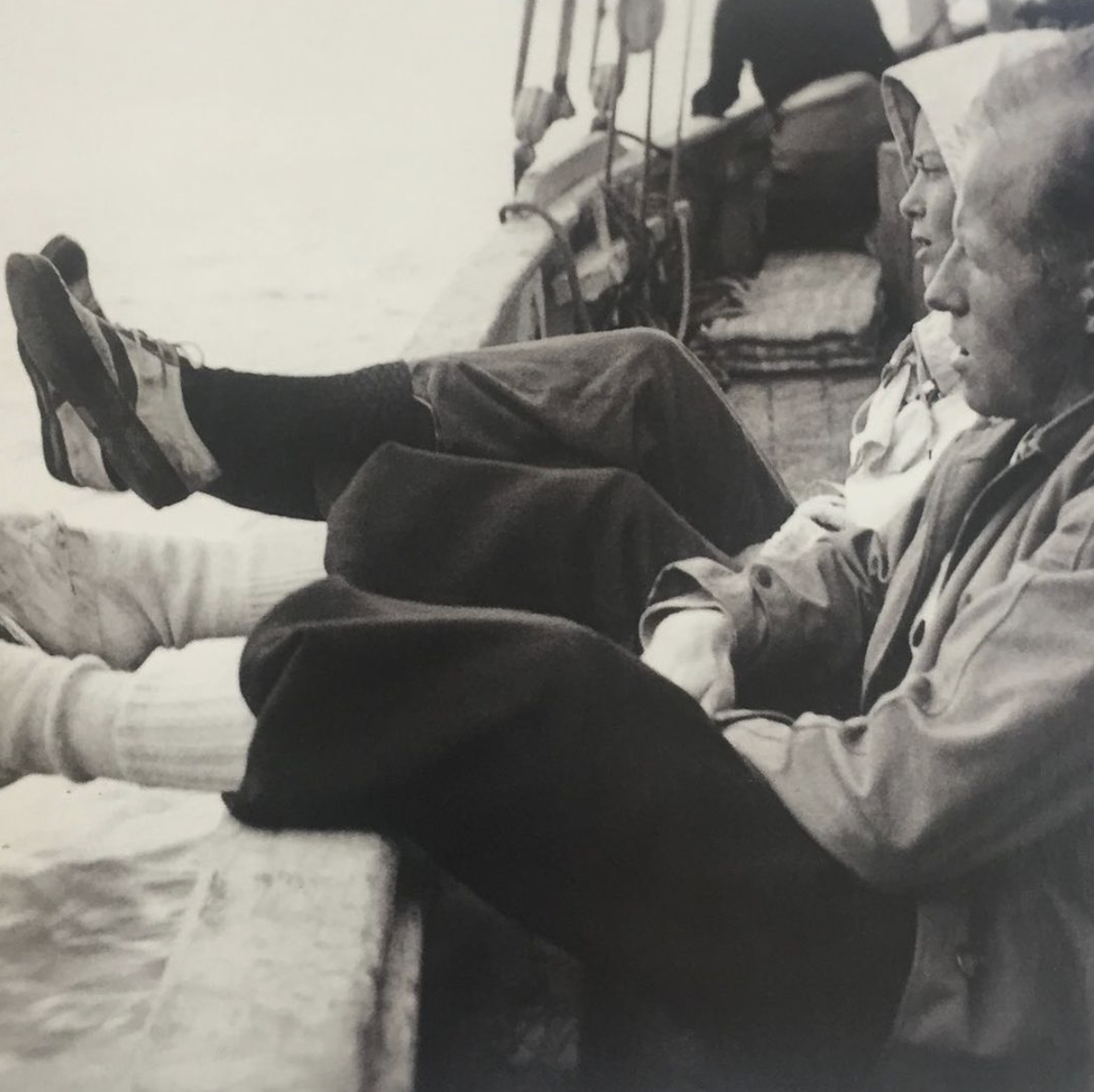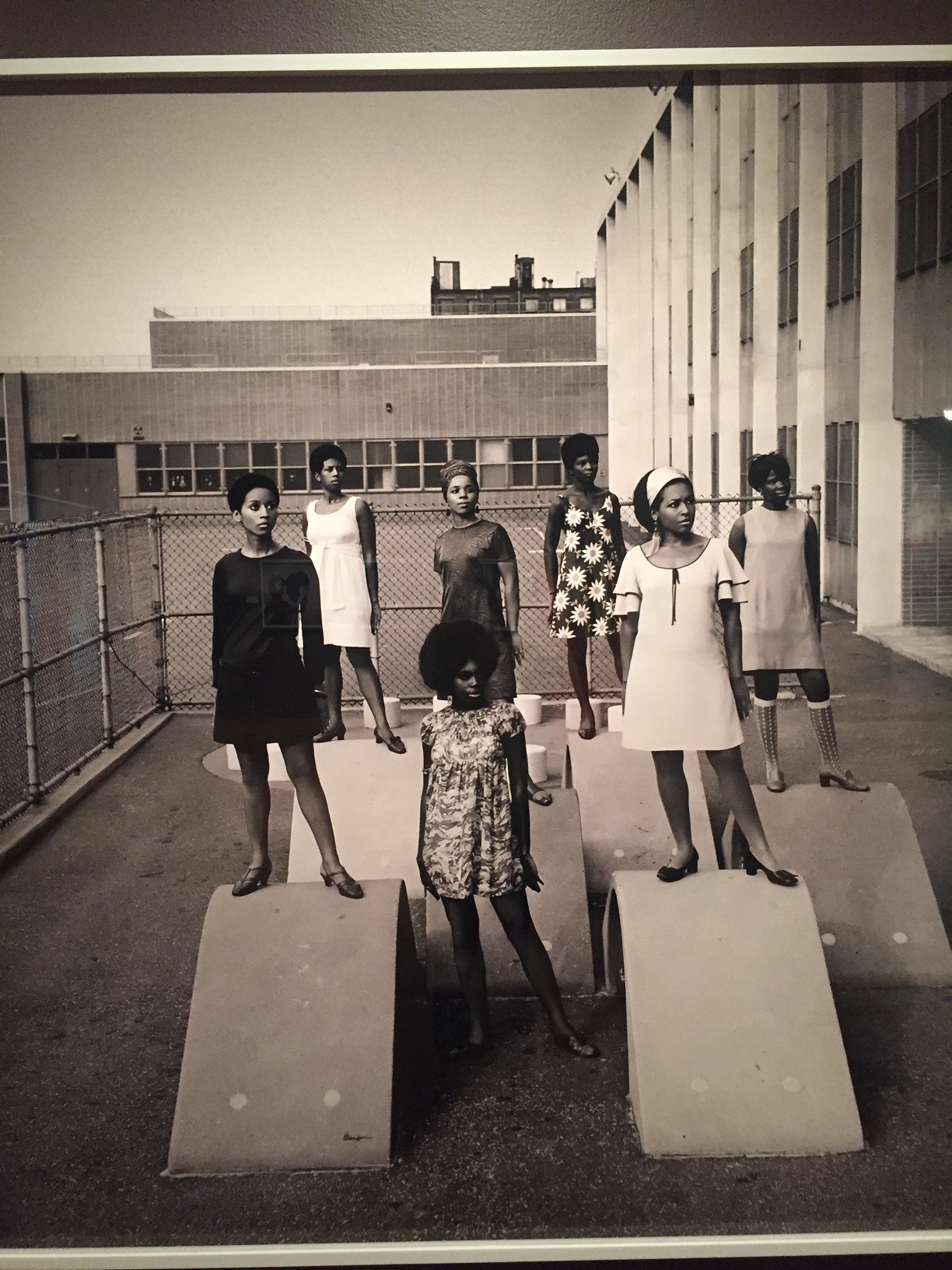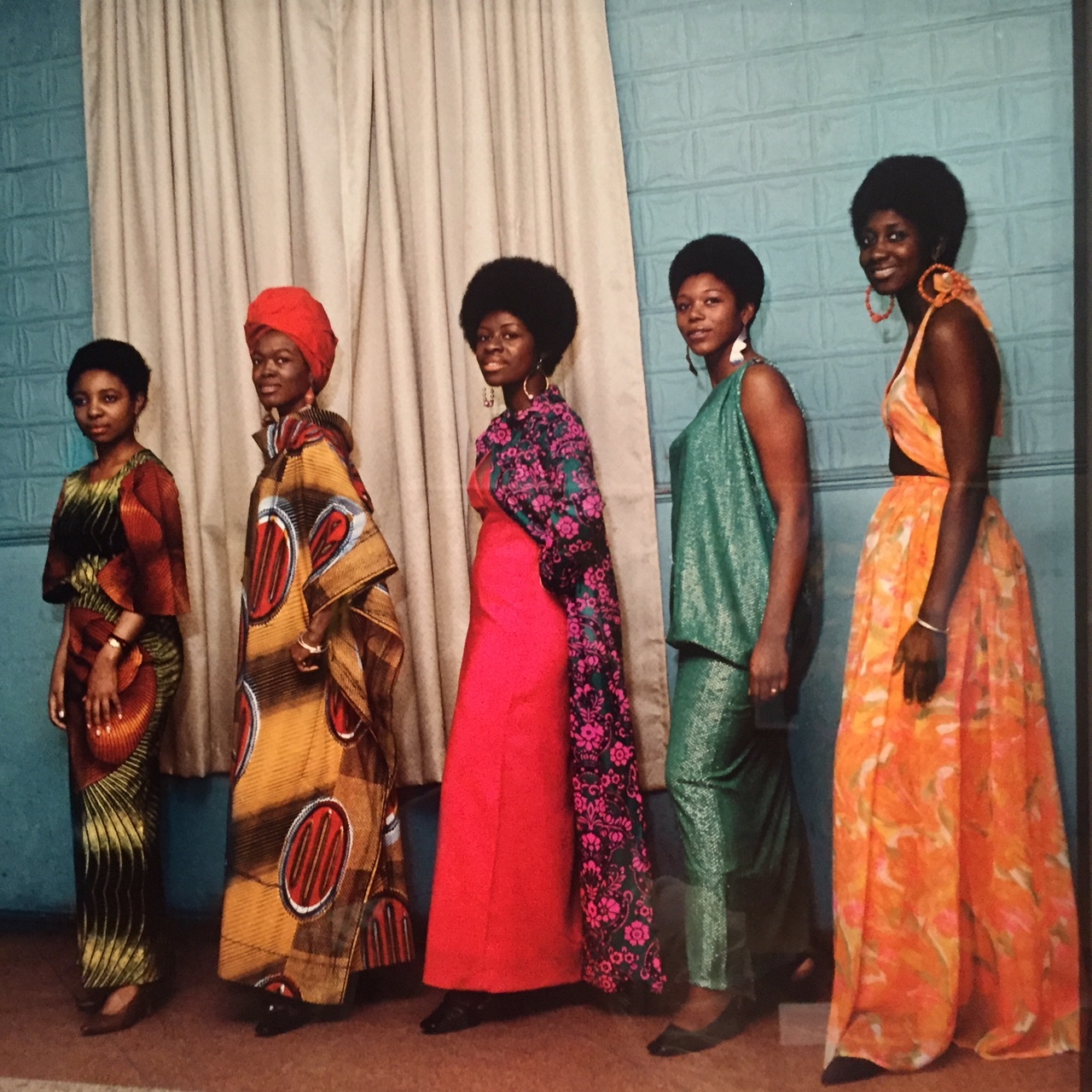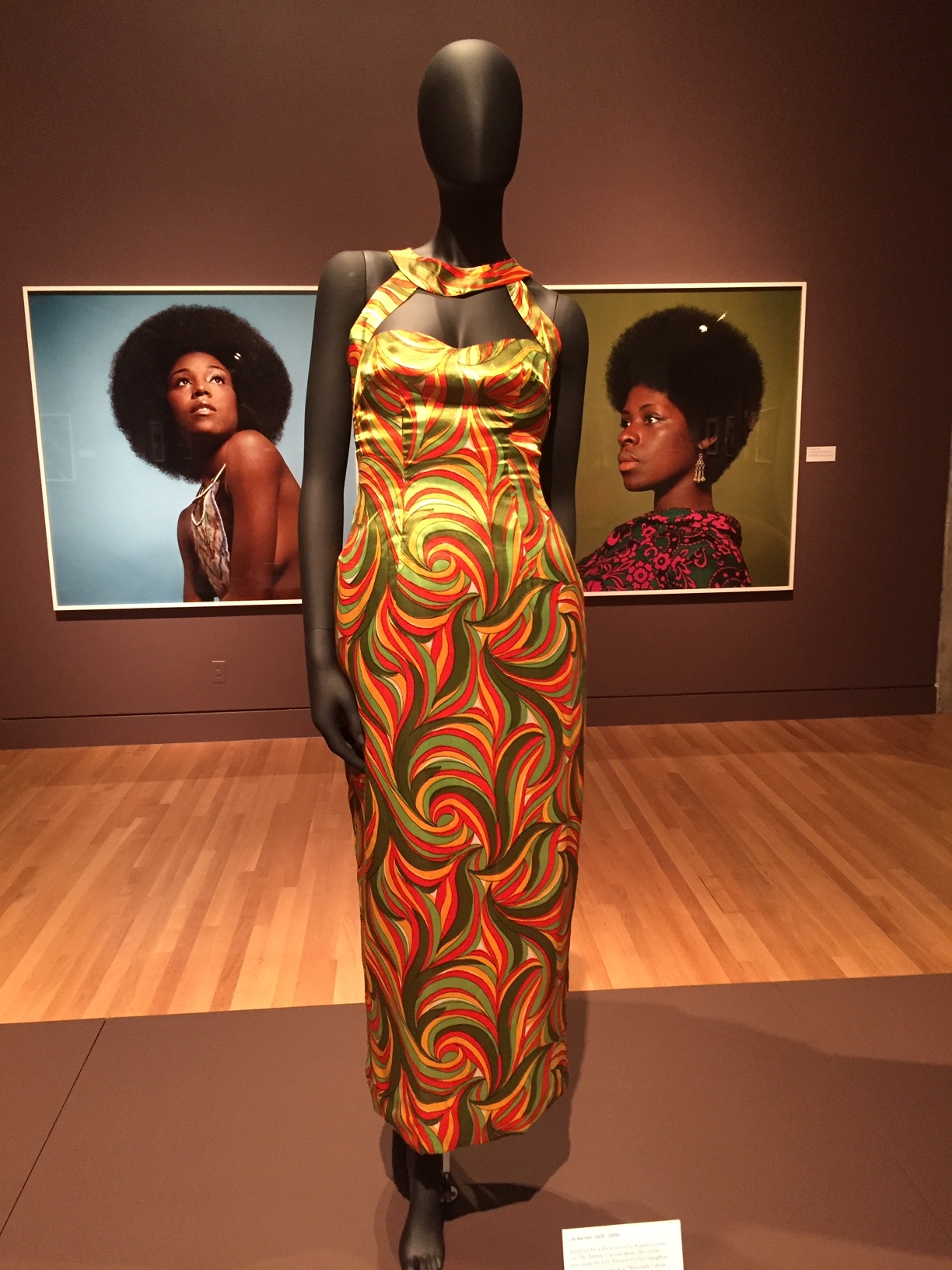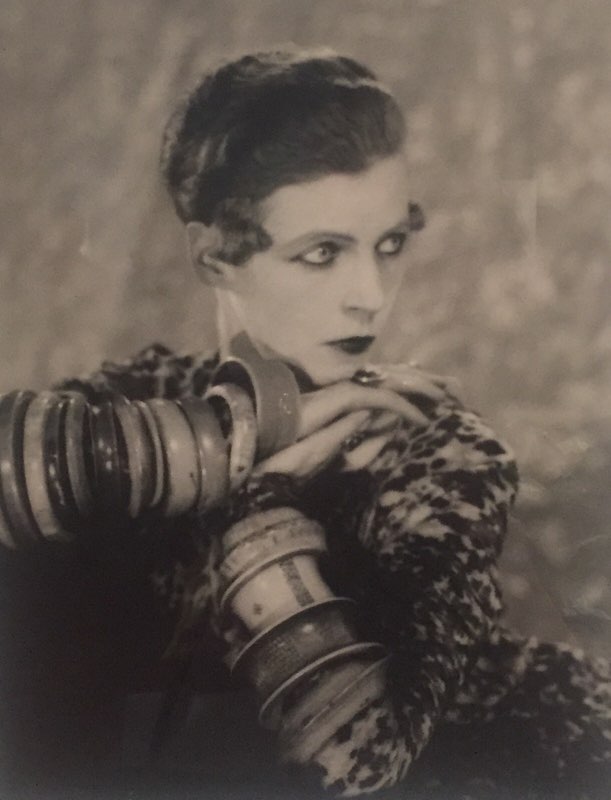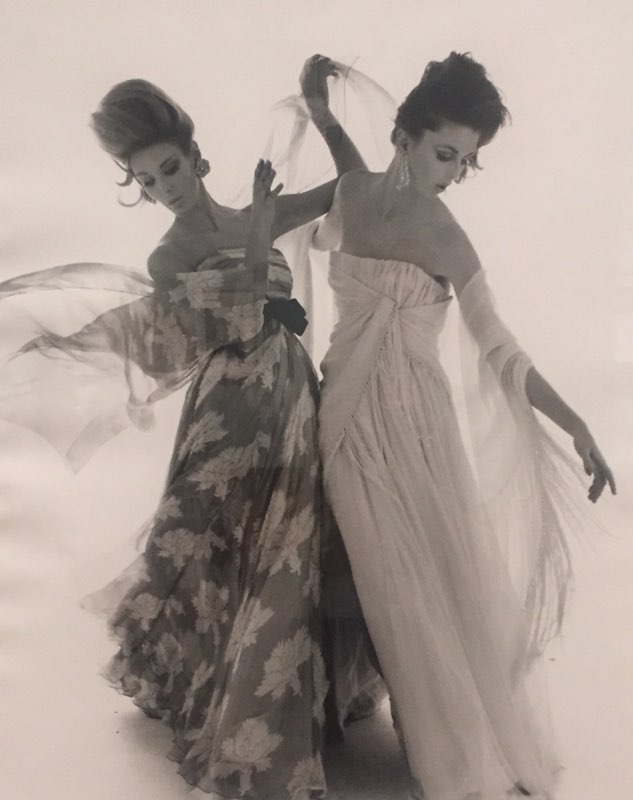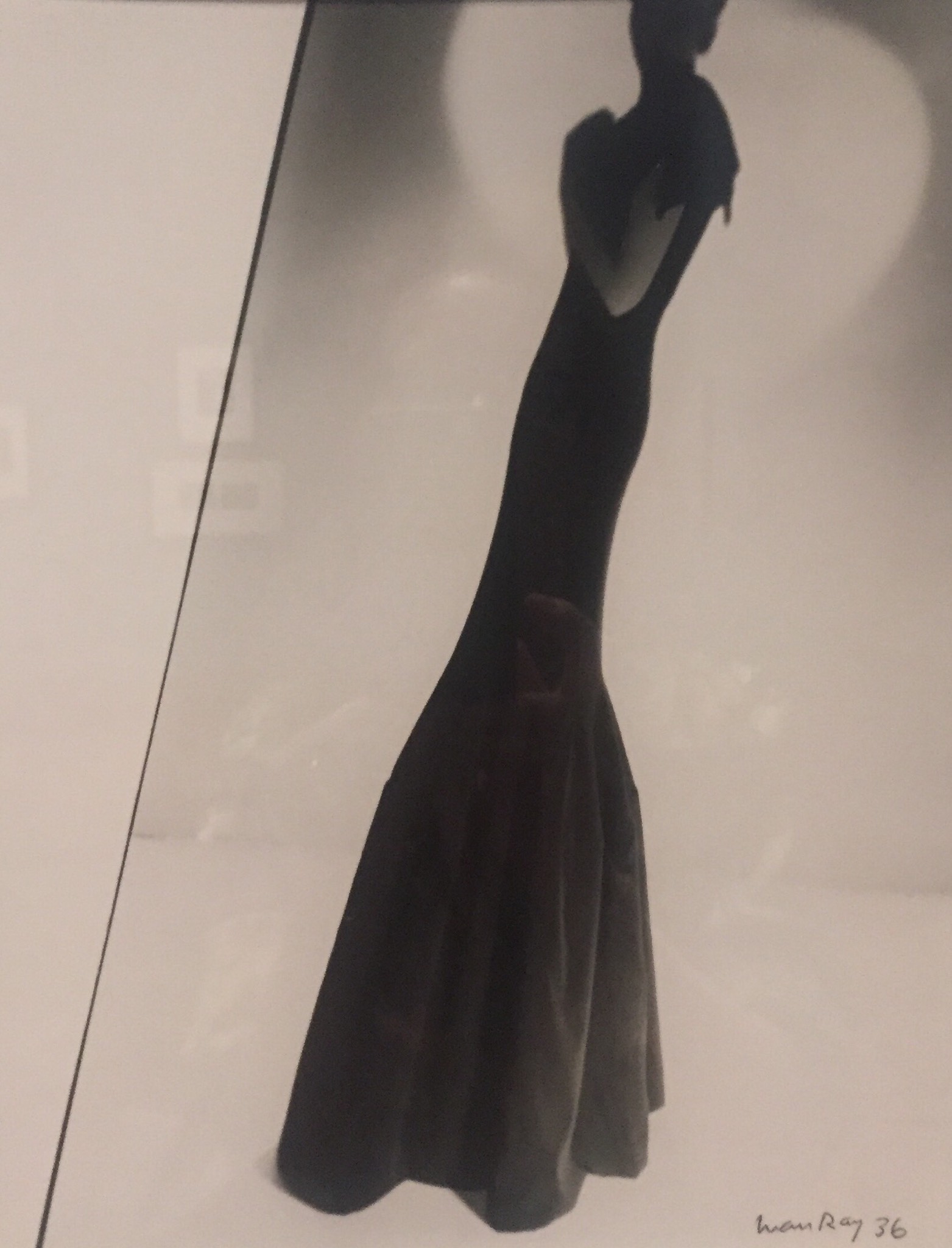USC has archived architectural photographer Wayne Thom's vast collection of a decades-long career as the go to photographer for many California late modernist architecture and other international projects. Thom fell into architectural photography via his brother, an architect, and documented the late wave of glass and white brutality that became the aesthetic during the 70s.
The Annenberg School of Communications by A. Quincy Jones (1974-9) now houses other student services and there's a new building for the Communications school. But it's a fabulous building as seen here via Thom in its vintage iteration. I still haven't gotten down to Sunnylands, Jones's other masterpiece for Walter Annenberg, his home in Palm Springs.
Jones was a brilliant, particularly Southern Californian architect but who made that specific design aesthetic ethic every bit as international as his confreres in modernist Europe.
Image by Wayne Thom courtesy USC Digital Archives.
Memories of Charlotte Perriand
I love this photograph of Charlotte Perriand, French designer and architect who broke the mold as a modernist disciple of Le Corbusier and his cousin, Pierre Jeanneret, who was second in command at their studio in Paris where Charlotte brought "the brisk mountain air".
Not enough has been written--except by Perriand herself in her lovely and detailed memoir--about the importance of this relationship in her life. Pierre was her boon companion in the outdoors she so loved. Hiking, backpacking with their tents, Quaker Oats and sardines, collecting rocks and shells together, they forged a relationship that went far beyond the design of the famous lounge chair. In Normandy, in Greece, in the Savoie, they foraged, filled their backpacks with pebbles, lay on the beaches nude in the sun. They communed together with the earth and the sky.
On his boat they went to Yugoslavia. A priest was on board, and she was afraid she couldn't sunbathe nude as was her custom. At a conference of famous architects they escaped and went mountain climbing.
The cousins were very close, but Corbu became jealous of Pierre. He was supremely competitive even though he had been the one to suggest the relationship. Corbu as a matchmaker: it's not something generally put on his CV. Charlotte described Pierre as warmhearted, understanding, modest, self-effacing, like a brother to everyone. Everything that Corbu was not. One Christmas, spending it with Pierre's welcoming family, she borrowed a dress from his sister.
He gave her the wood for her first free form table design. They designed furniture for Knoll together even after their split as a couple. Though Charlotte eventually moved on, she never forgot her old lovers, gathering up people as she gathered up objects, holding them close. She is the kind of guiding spirit we need during Earth Week, one who understood that nature was as important as the built environment and that they must be welded together.
Ed Ruscha's Love Letter to Los Angeles
Great news! Ed Ruscha's expansive love letter to Los Angeles, is now newly digitized and accessible at 12sunsets.getty.edu via his archive of street views of LA which he began with Every Building on the Sunset Strip, a small but ultimately very moving and powerful book documenting the city in his own idiosyncratic way: from the back of a pick up truck.
The original slim volume from 1966 was egalitarian and clear-eyed: the city was younger, brasher, and not New York, but it gave me the first real perspective on why it could be just as intriguing. Ed expanded this effort over the years to include other streets, but for me the Sunset Strip is still the foundational work in the series.
Shuttling as I have for most of my life between the two cities, I understood through Ed's holistic, ongoing efforts what low rise, often generic, yet distinctive amalgam of architecture made up LA, and why it mattered. The Getty acquired his archive of the actual imagery plus all the ephemera surrounding his creation, and now, in a fully searchable database, you can pick your year, your street, your view.
LA is still in lockdown. As Europe and New York have opened up, it's been a real challenge to find the here here in the city. That the Getty would offer up this very wonderful archive to us right now is a true gift.
(If you want to know more about Ed and his merry band of bad boy artist colleagues Ed Moses, Billy Al Bengston and Larry Bell during the early years of the LA Cool School, please go to Wallpaper and check out their archive where you will see my story and a video in which they tell about these wild years in the LA art world)
Black is Beautiful at the Skirball
The photographs and activism of Kwame Brathwaite are an excellent companion to the Rudi Gernreich show at the Skirball Center. Brathwaite was a photographer, an activist, a jazz promoter in the sixties and a believer that natural hair and African inspired fashion was necessary to supplant an exclusively white energy (eg Gernreich and the other white designers) however forward thinking they might be. He helped debunk the straightened hair and lighter skin models who had given black women largely unattainable role models.
Kathy Acker at the ICA London
Where was I when Kathy Acker was appropriating text and imagery from Rimbaud and performing at the Kitchen and tattooing her body and raging against sexual conformity? Working at MoMA and Lincoln Center and getting married and having babies. I felt utterly conventional and bougie at this exhibition at the ICA London and yet at the time the artists and filmmakers surrounding me seemed avant-garde. Acker’s art needs to be read carefully as well as seen, and so I have catching up to do.
An unusual and poignant image of Frida in pain comes to auction
Frida Kahlo underwent something like 40 surgeries to correct the cascade of physical ailments (possible spina bifida, polio, a horrendous bus collision which had driven an iron handrail into her pelvis) which tormented her but which gave her paintings, often made from her convalescent beds, a very particular vantage point and haunting quality. (Kahlo also worked with mirrors to serve as the limbs she was not able to mobilize). This photograph, which I’d not seen before, was sold at Sotheby's—as part of a Nickolas Muray collection— for 28,000 dollars.
Muray is the Hungarian born US based photographer with whom she had a decade long affair. He was married four times, Kahlo almost as many (counting the re-marriage to Diego Rivera, whom she considered her true soul mate.) but they stayed close. Frida in Traction, was taken in 1940 when Muray visited her in the hospital in Mexico, and goes tight on Kahlo’s face which allows the uncertainty of her gaze—will this surgery be the answer?—full measure. Is she accepting or fearful? The folded white cloth around her famous unibrow signifies a moment when Kahlo was incapable of facing down her legacy of pain through her art. But works made that same year which include necklaces which cut into her neck and make her bleed and hearts which are ex-corpus, show she was the eternal phoenix. Muray once wrote to her that he wished he could find “the secret how to make you well again so you could sing, and smile, love and play again as I have seen you before in the bright sun or in the dark night.” As a document of one of those times when she was not able to vanquish her pain, it is unforgettable.
Photo by Nickolas Muray; © Nickolas Muray Photo Archives
The Getty's Icons of Style fashion photography exhibition beats Instagram
The Getty's fashion photography exhibition Icons of Style is more modest Yin to the Met Museum Heavenly Bodies extravagant Yang. There we experience actual fashion. Here we experience it largely by its more quotidian delivery system: an ad or a spread in an increasingly moribund genre, the print magazine. (The recent announcement by Conde Nast that they are selling three more of their titles including fashion magazine W is testament to this trend.) It’s still mostly via photographs that we salivate over a dress or pair of shoes artfully displayed or that we are made ambitious to look a certain way. What will we do without these commissioning print magazines which represent extraordinary curation (and expenditures)?
A general chronological survey from 1911-2011, the Getty exhibition goes down easy. Some of these images are familiar: Helmut Newton's Lisa Taylor in her man-spread, Avedon’s Dovima with her elephants. The big guns are all here, and blessedly not just the males. Some delightful excerpts from film and video are interspersed.
But what inevitably drew my eye were the lesser known vintage gems. (Dora Maar's Model in Swimsuit, Man Ray's Model wearing a Gown, Baron de Meyer's Frightened by a Mouse ) There is true art in these fashion photographs, some counterposed with architecture, others in very original formal but playful compositions There’s a great deal of humor in surreal juxtapositons that bring a smile or create mystery.
I attended a panel with some famous models including Cheryl Tiegs and Beverly Johnson. Alas, none spoke in depth of the actual work as art, but more of long hours, branding, acting, the celebs they met, how they broke through, which is after all what the sold-out crowd came to hear. There was too little conversation about the many male photographers and stylists accused of systemic abuse. (At least one included in the exhibition)
The conversation seems to be suggesting this is a cultural moment for female empowerment. But hey, y’all. I know we thought we had this licked in the sixties. We need to go back to the ur-texts: Simone de Beauvoir, Germaine Greer, Betty Friedan, et al. Let’s raise awareness and not be fooled by the fact that media is paying attention. It’s in the actual workplace that change must come about, and models need to be talking seriously about that as much as anyone.
Certainly the crowd was not the typical art crowd and the Getty got a lot of new bodies in the door—and that’s the goal for many museums these days. The curator of the exhibition was there, I was sorry he wasn’t invited to say a few words. There are other events attached to the exhibition which are probably more in keeping with discussions of the actual work.
At the Annenberg Center for Photography there is a Library of Congress companion exhibition that brings other vintage photography front and center. And I’ve been delving into the Los Angeles Public Library online collections, newly databased, also worth a look.
Photography (with writing as a close second) has probably both gained and suffered more because of the internet than any other medium. As in the debate over a hard copy of a book vs the Kindle, we know many readers have gone back to the real thing. Instagram, with all its virtual breadth and disposability cannot match the in-person richness of these professional photographs.
The exhibition runs through October 21st.

